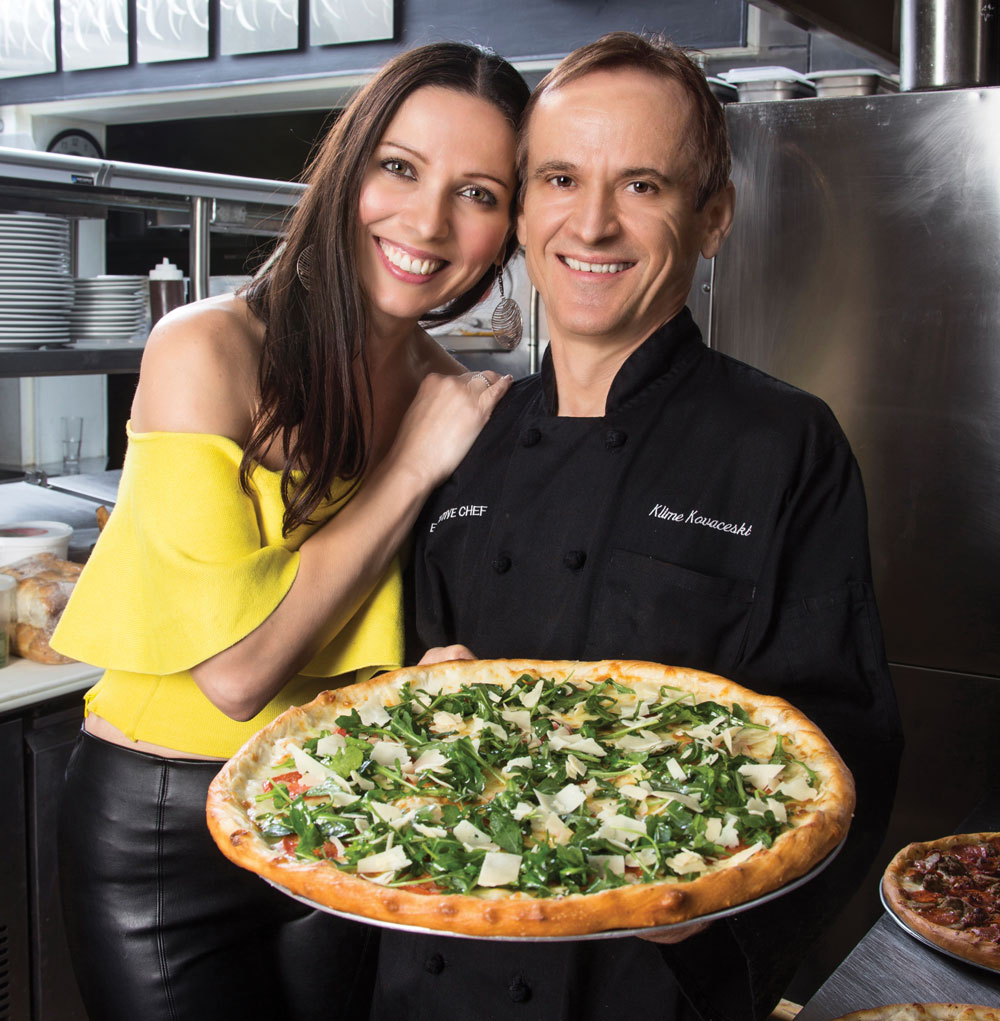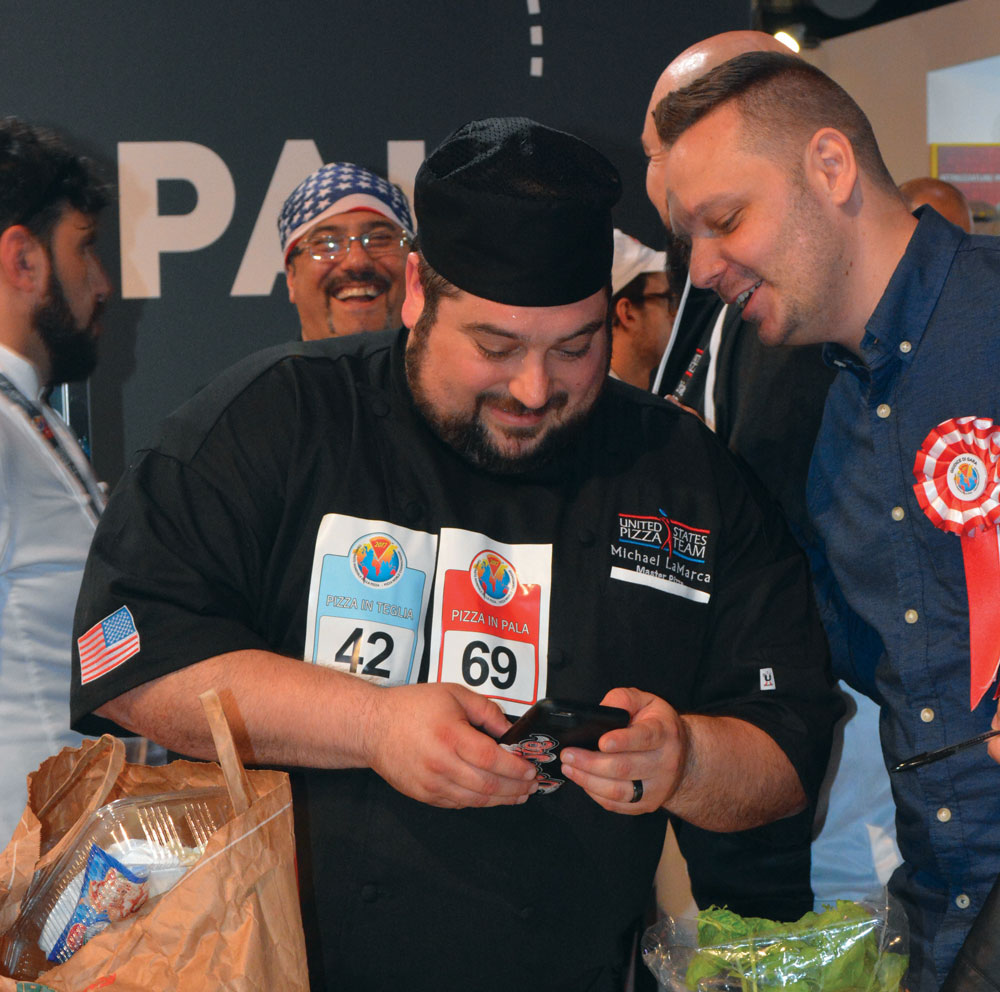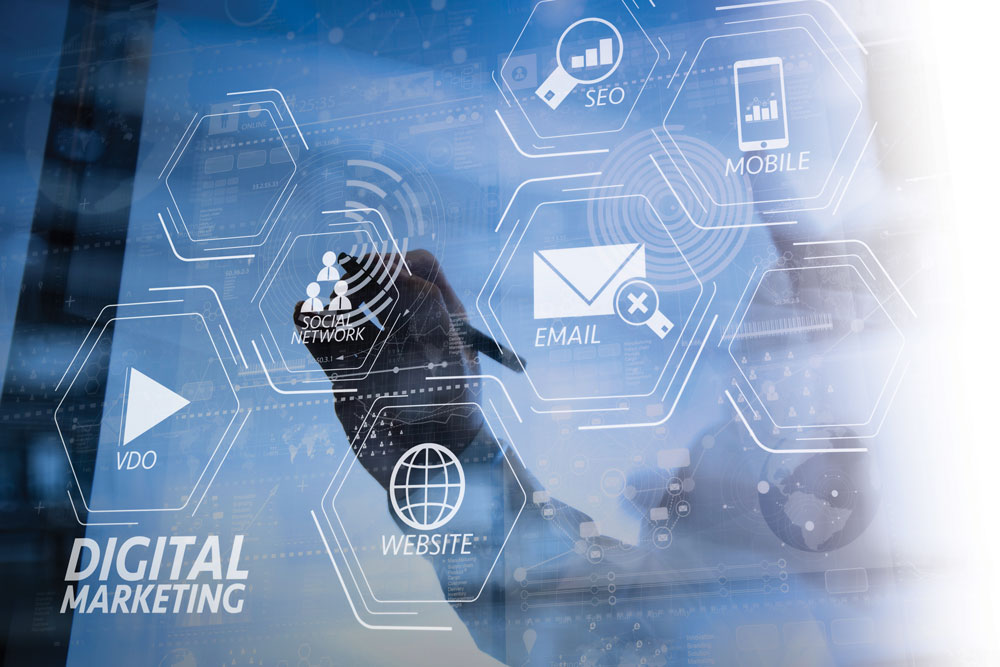From loyalty programs to email marketing, the beauty of digital marketing technology is that it’s almost guaranteed to improve your operation’s efficiency, save money and increase your sales, especially if your pizzeria has a strong delivery component. Digital menus can reduce your printing costs, while staff training can be offered through digital apps, and live-chat interactions can turn dissatisfied guests into regulars.
Nowhere is the impact of digital technology more keenly felt than in the food delivery sector. A 2018 study by Valassis Local Solutions, headquartered in Livonia, Michigan, found that online ordering increases average order value, improves efficiency and enhances a restaurant’s visibility. In fact, 42% of customers said the ability to place an order online would make them choose one restaurant over another. Even those restaurants that would not traditionally offer delivery can now get their food in customers’ living rooms thanks to third-party platforms like DoorDash and UberEats.
Related: How to make third-party delivery work for your pizza restaurant
Third-party delivery has created significant growth for Crust, the hot Miami pizza concept owned by Klime and Anita Kovaceski. Yes, they’ve faced the usual challenges, like rude drivers and 30% fees, from third-party outlets, but the option has also grown Crust’s business to a 20-percent-delivery operation. Some of Klime’s secrets to success: He shuffles pickups from these drivers to the side door, leaving the front door unblocked for in-house diners and allowing for traffic to flow uninterrupted inside the restaurant. On all of the platforms he uses (including UberEats, DoorDash and Postmates), he doesn’t allow any modifications or special requests on any order and deletes the “build-your-own” option.
Meanwhile, to combat the hefty fees that accompany third-party delivery, Klime’s response was simple: Raise prices for his online menu by 30% over dine-in—and alert customers about it up-front. Thankfully, his extra-large portions and reasonable prices make at-home diners feel like they’re still getting a good deal.
Finally, each third-party provider has its own tablet at a docking station in Crust, sending orders straight to the POS and the kitchen. And if business heats up on a busy night, Klime is ready to pull the plug on online orders for an hour or two or lengthen estimated delivery times. “We are, first and foremost, a restaurant, and the dining room has priority,” he says. “But now, as a $2-million operation, we do $600,000 to $700,000 in takeout and delivery—and that number is still growing.”

Anita and Klime Kovaceski, owners of Crust in Miami, have found ways to smoothly incorporate third-party delivery into their operation.
“We are, first and foremost, a restaurant, and the dining room has priority. But now, as a $2-million operation, we do $600,000 to $700,000 in takeout and delivery—and that number is still growing.”
— Klime Kovaceski, Crust
Giving Customers Total Control
According to “Meals On Wheels: The Digital Ordering and Delivery Restaurant Revolution,” a February 2019 report by global management consulting firm L.E.K. Consulting, more than half of delivery consumers now order food directly from the restaurant’s app or website. The report projects restaurant delivery to grow at more than three times the rate of on-premise sales through 2023, with the majority of those orders being placed online. “Online ordering has captivated a diner demographic increasingly pressed for time and harboring expectations shaped by the sophisticated world of consumer e-commerce,” L.E.K. notes on its website. “A key segment is high-income households. Another is millennials: By 2020, those 21 to 36 years old will take up 70% of at-home delivery services.”
At Cleveland, Ohio-based Master Pizza, owner Michael LaMarca decided to develop an online ordering app “to keep up with technology and give our customers total control over their Master Pizza ordering experience.
“Online ordering has evolved from just an office with a fax machine placing their lunch order at your shop every other week to anyone who has a smartphone, a data plan and a taste for pizza—that is pretty much everyone!” LaMarca adds. “We needed to make sure we had the ability to let every customer place an order the way they feel works best for them. We felt that an app was the next tool in the evolution of ordering pizza and would be worth the investment.”
Related: Online ordering: Return to the planet of the apps!
LaMarca says online ordering has produced “amazing results” for Master Pizza. “Once a customer orders online just one time, they start using it exclusively, and it’s the same when they use our app,” he says. Offering the app also allows Master Pizza to throw in some additional digital-marketing perks that bring customers back for more orders. “When customers order through our website or our app, they are opted into our customer loyalty program, Pizza Points,” he says. And when it comes to making good use of the rewards program, the difference is “like night and day between our online and app users and our call-in or walk-in customers.”

Michael LaMarca developed the Master Pizza app to ensure customers can order pizza in any way they feel comfortable.
“Once a customer orders online just one time, they start using it exclusively, and it’s the same when they use our app.”
— Michael LaMarca, Master Pizza
Online orders now account for an average of between 25% and 35% of all orders company-wide at Master Pizza. “It’s still growing in our older establishments, but as we open new stores, we see it immediately surpass 35% to 45%,” LaMarca notes.
“Our statistics show that online and app customers are more likely to order an appetizer, drinks and/or a dessert, which give us a 10% to 15% higher ticket average,” he adds. “We also see that customers are more likely to try something new and or different because they can immediately visually see an item as compared to being told about it over the phone. The overall customer experience has the ability to be better online or through the app. Customers feel that their order was placed and taken correctly and can order at their own pace. They’re never put on hold or rushed through placing their order because there are five other lines ringing, raising the level of their experience and convenience.”
As the pace of marketing technology development quickens, pizzeria owners can choose from a plethora of additional options beyond online ordering and loyalty programs, including:
- Artificial intelligence and chatbots. Chatbots can quickly answer customers’ questions on websites, apps or social media platforms. And the more questions the bots have to answer, the more they learn about customers’ needs and preferences. According to SocialMediaExplorer.com, nearly 80% of business communications with customers will be through bot messengers in the next five years.
- Paperless menus. Tablet menus can deliver better results than traditional printed menus in terms of engaging customers with mouthwatering visuals and descriptive copy. New items and photos can quickly be added to digital menus, along with daily specials and other offers, without having to constantly revisit the tiresome and expensive design and printing process.
- Staff training apps. Restaurant owners can now use mobile apps to engage and train their front-line staff on everything from recommended beer-and-pizza pairings to useful info on new menu items and daily specials.
Rick Hynum is PMQ’s editor-in-chief. Tracy Morin is PMQ’s senior copy editor.















